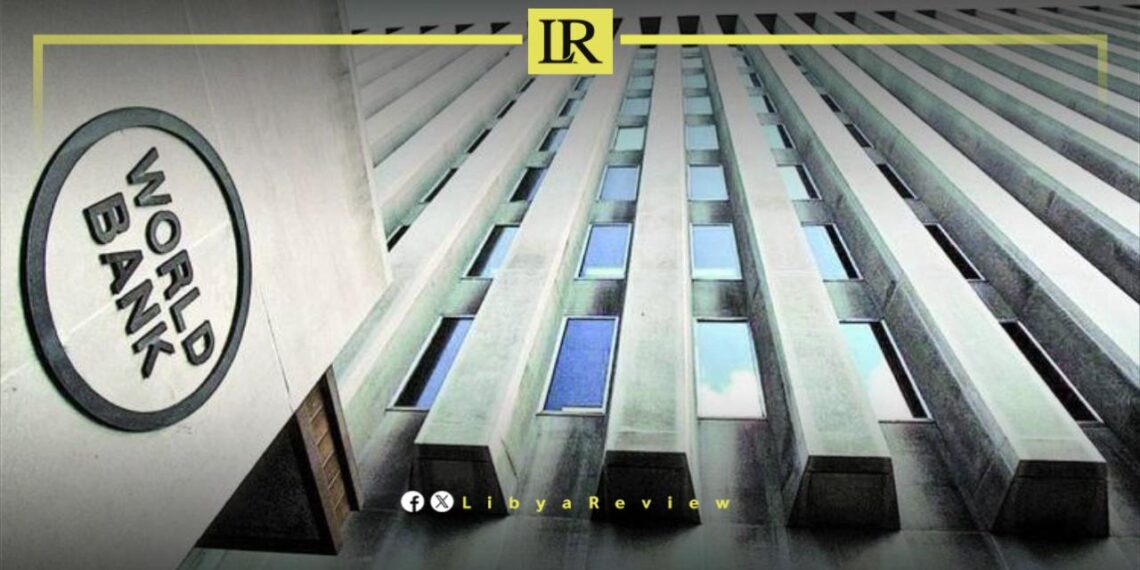On Saturday, the World Bank (WB) classified Libya among the upper middle-income countries, along with Algeria and Iraq, according to the bank’s latest report.
In contrast, the Gulf Cooperation Council (GCC) countries, including Saudi Arabia, Oman, the UAE, Kuwait, Qatar, and Bahrain, are categorized as high-income nations.
The World Bank’s classification places Tunisia, Morocco, Mauritania, Egypt, Lebanon, Jordan, and Palestine (West Bank and Gaza) in the lower middle-income bracket. Meanwhile, Sudan, Syria, and Yemen are listed among the low-income countries.
According to the report, the per capita income for countries in Libya’s income bracket ranges between $4,466 and $13,845 for this year. This figure is expected to rise to between $4,516 and $14,005 by 2025, applying similarly to Algeria and Iraq.
The new thresholds for per capita gross national income (GNI) are calculated based on factors such as economic growth, inflation, exchange rates, and population growth.
Libya’s inclusion in the upper middle-income category reflects significant economic potential despite ongoing challenges. This classification indicates a relatively higher per capita income compared to lower-middle-income and low-income countries. The range of $4,466 to $13,845 per capita GNI highlights the economic disparities within this category, influenced by factors such as resource distribution, industrial development, and political stability.
Libya’s economy heavily relies on its oil and gas sector, which significantly contributes to its GNI. However, the country faces challenges including political instability, infrastructure deficits, and fluctuating global oil prices, which impact its economic stability and growth prospects.
In the Arab region, the economic landscape varies widely. The GCC countries’ classification as high-income nations reflects their substantial oil revenues, diversified economies, and stable political environments.
In contrast, the lower-middle-income and low-income countries face more significant economic and developmental challenges. For example, Tunisia, Morocco, and Egypt have diversified economies but struggle with high unemployment rates and political instability. Meanwhile, Sudan, Syria, and Yemen face severe economic hardships due to prolonged conflicts and humanitarian crises.


